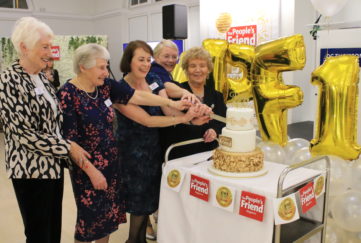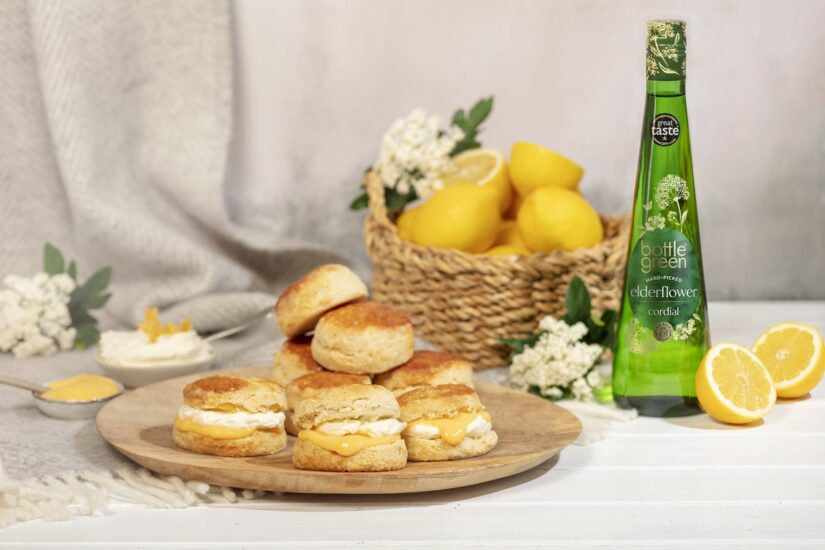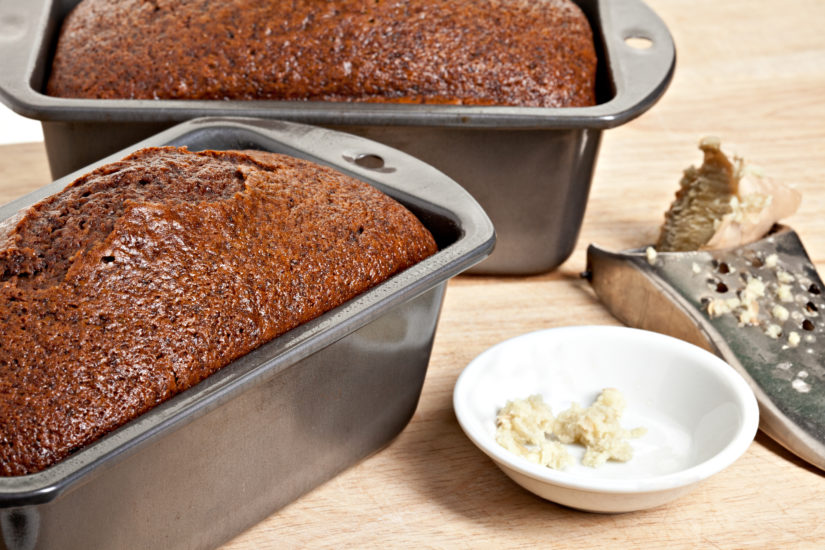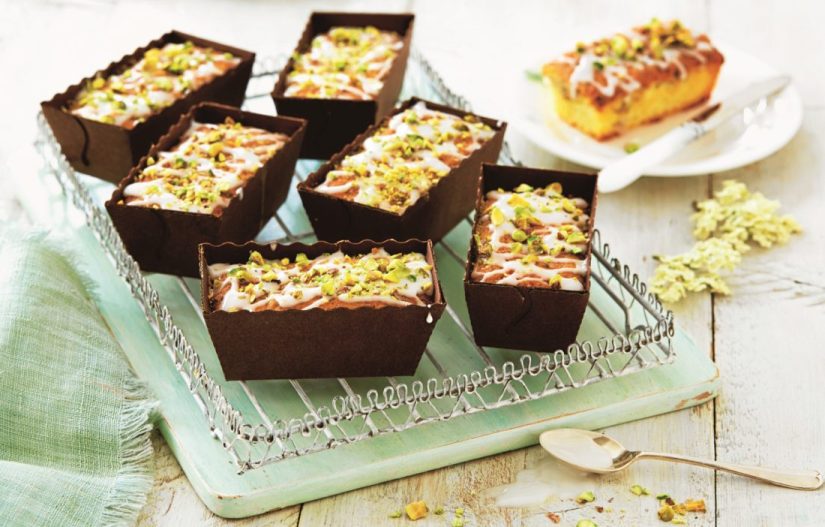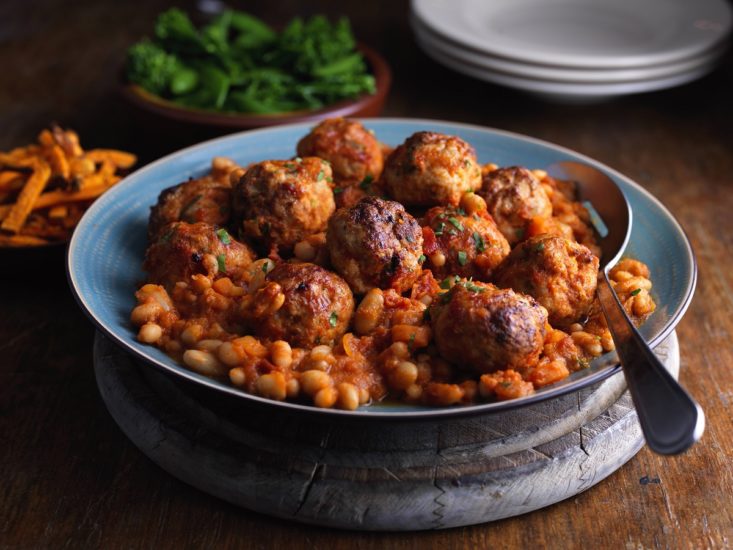Using Up Leftovers
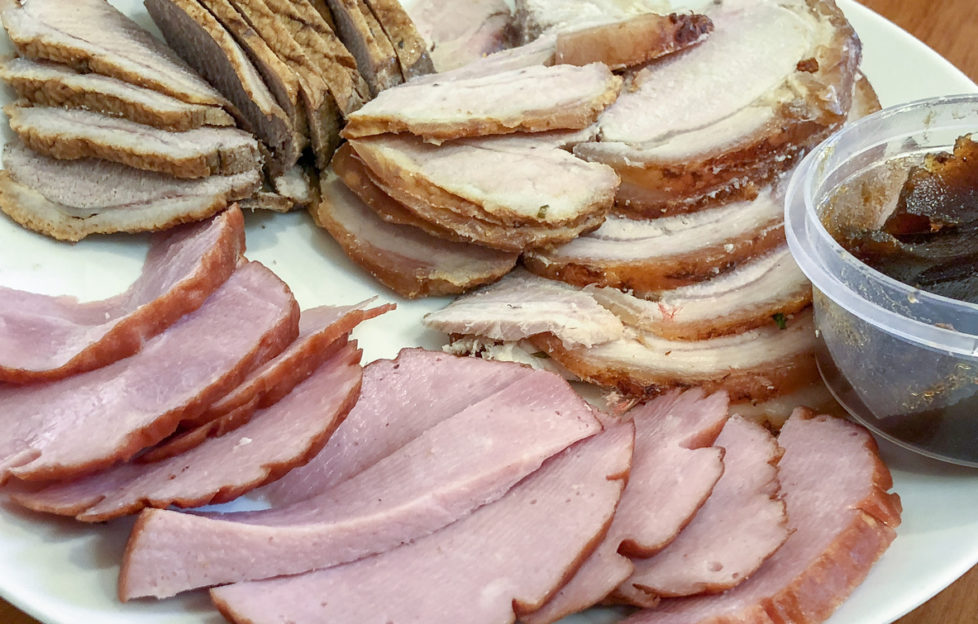
Have you found yourself stuck with a fridge full of leftovers following your Christmas dinner? If so, worry not! All of those surplus carrots, parsnips and sprouts can be transformed with this helpful advice from the “Friend” of 1874.
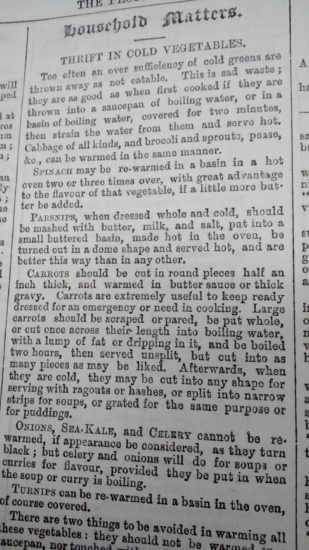
Entitled “Thrift In Cold Vegetables”, it explains how even the humblest of leftovers can be reused.
“Too often an over sufficiency of cold greens are thrown away as not eatable. This is sad waste; they are as good as first cooked if they are thrown into a saucepan of boiling water, or in a basin of boiling water, covered for two minutes, then strain the water from them and serve hot. Cabbage of all kinds, and brocoli and sprouts, pease &c., can be warmed in the same manner.
“SPINACH may be re-warmed in a basin in a hot oven two or three times over, with great advantage to the flavour of that vegetable if a little more butter be added.
“PARSNIPS, when dressed whole and cold, should be mashed with butter, milk, and salt, put into a small buttered basin, made hot in the oven, be turned out in a dome shape and served hot, and are better this way than in any other.
“CARROTS should be cut in round pieces half an inch thick, and warmed in butter sauce or thick gravy. Carrots are extremely useful to keep ready dressed for an emergency or need in cooking. Large carrots should be scraped or pared, be put whole, or cut once across their length into boiling water, with a lump of fat or dripping in it, and be boiled two hours, then served unsplit, but cut into as many pieces as may be liked. Afterwards, when they are cold, they may be cut into any shape for serving with ragouts or hashes, or split into narrow strips for soups, or grated for the same purpose or for puddings.”
We love the idea of carrots being required in an emergency! But boiling them for two hours? It just shows how cooking methods – and tastes have changed!


